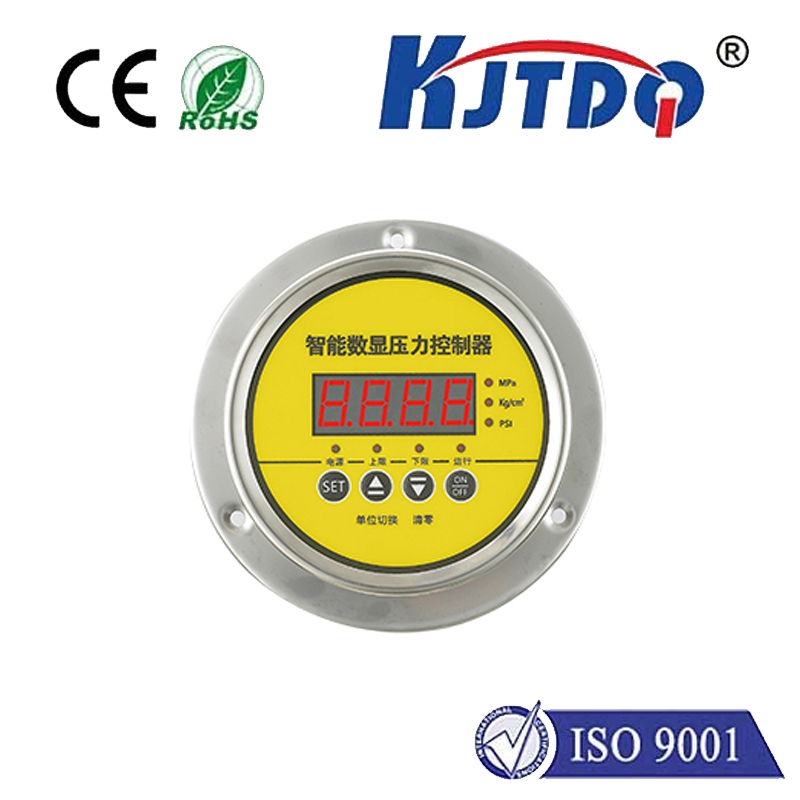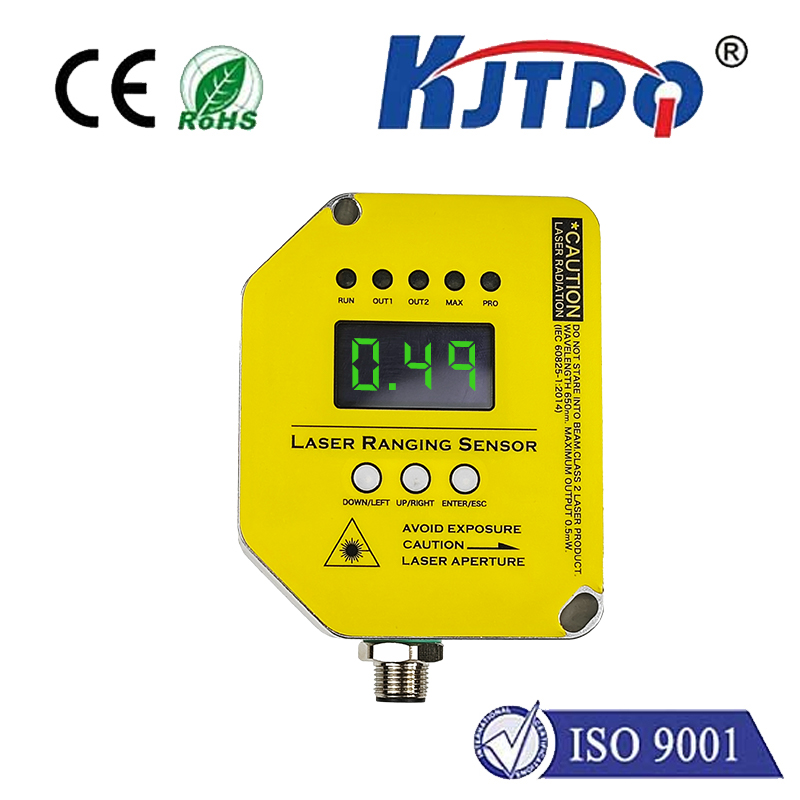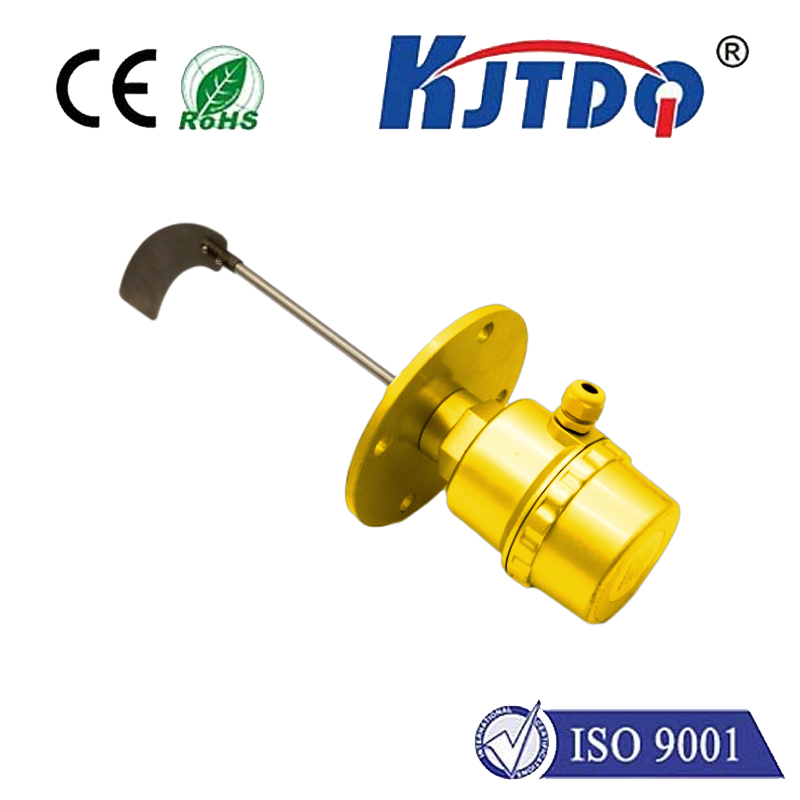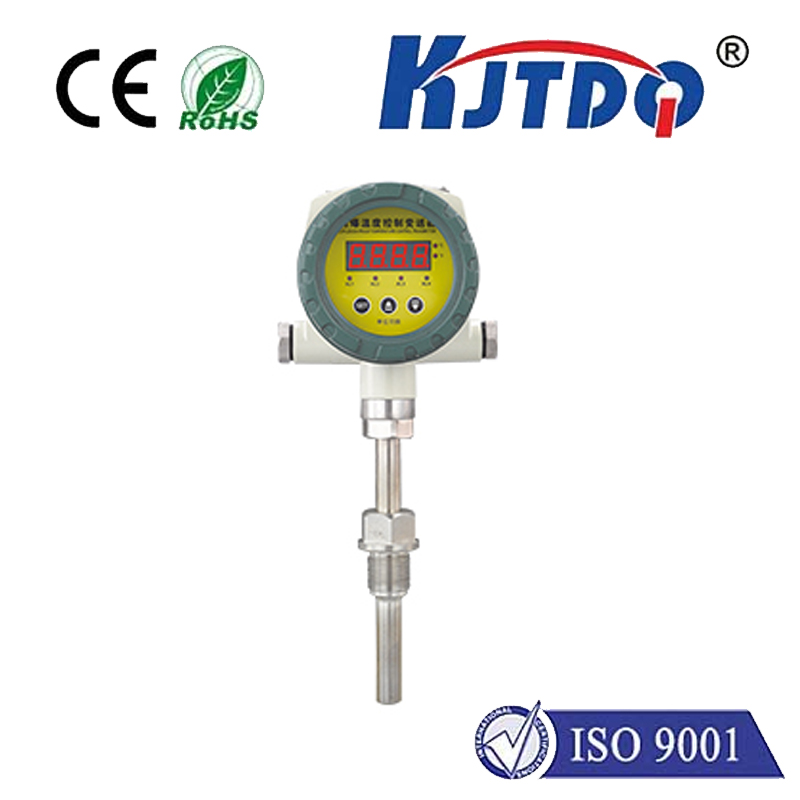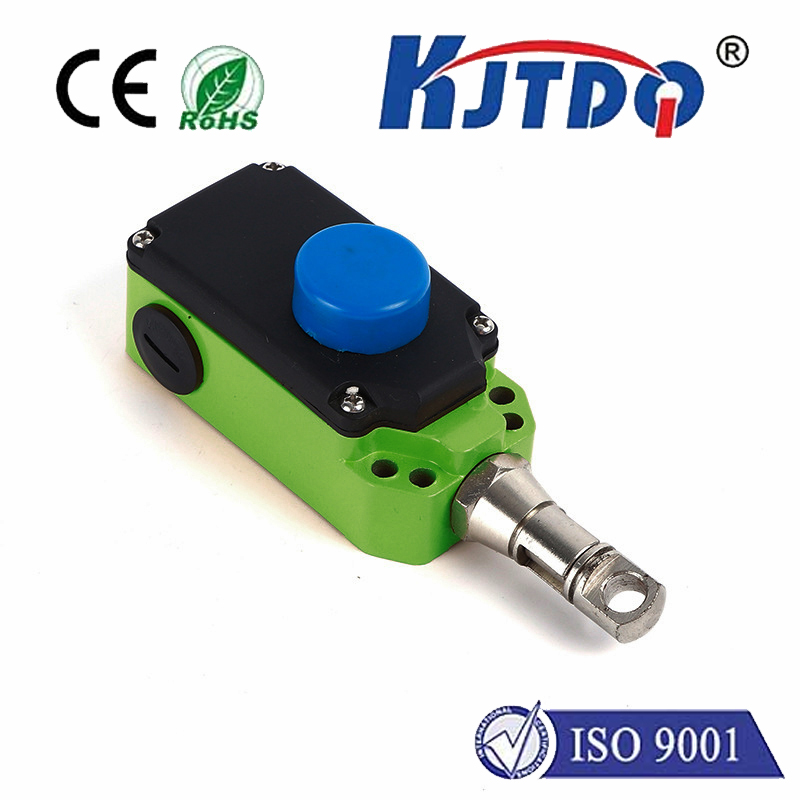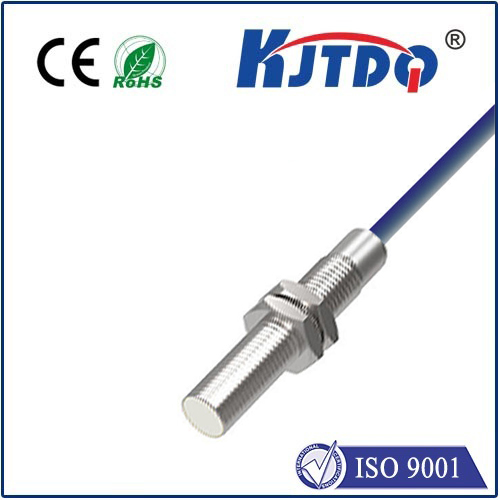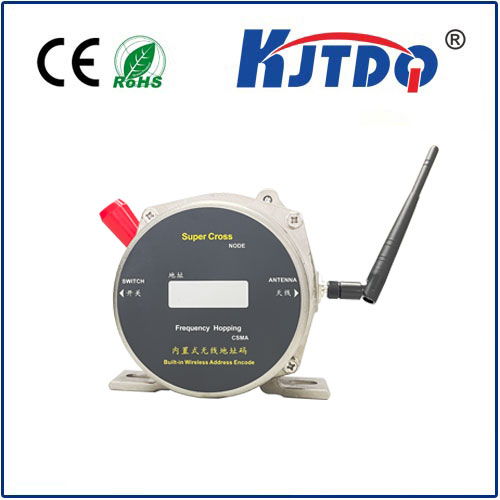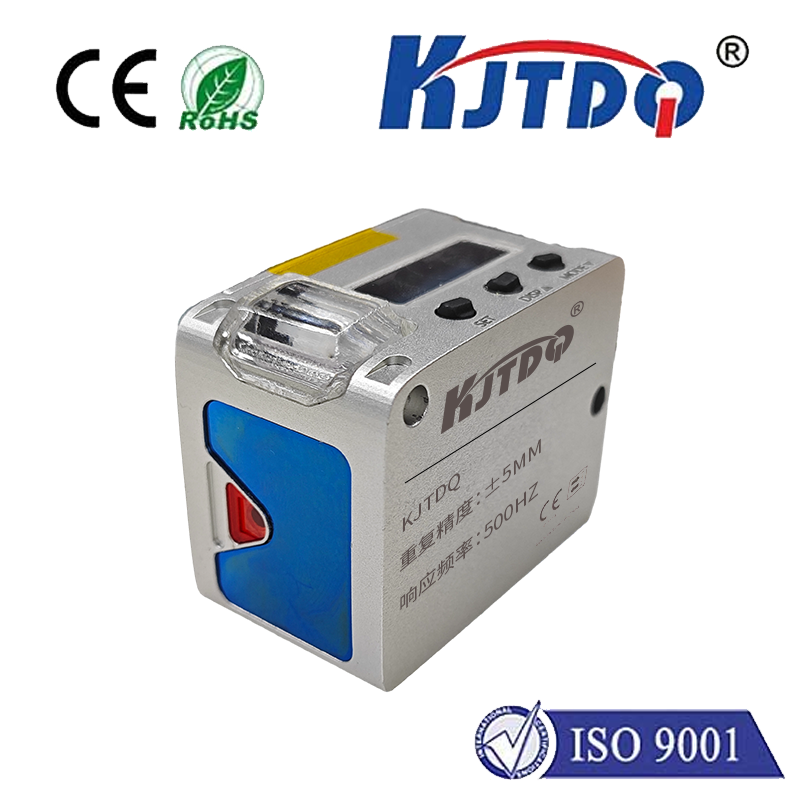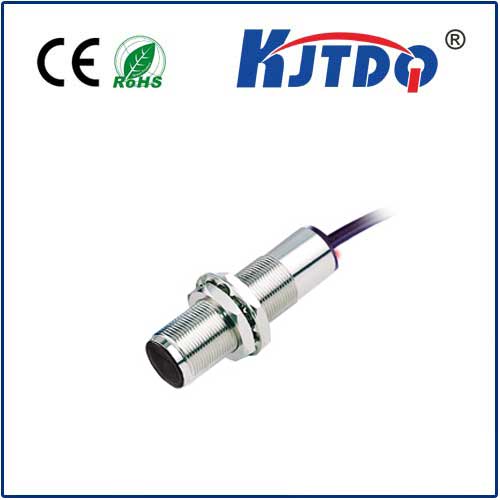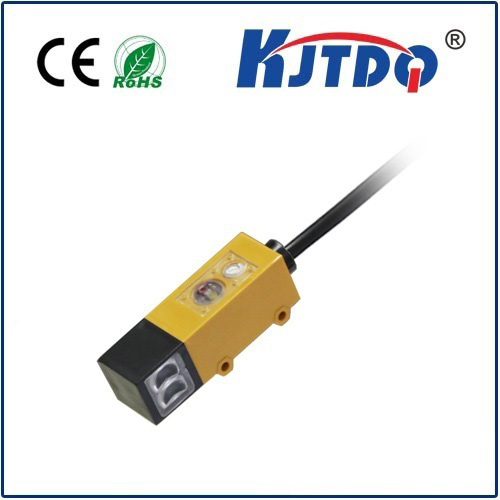working principle of fiber optic sensor
- time:2025-08-15 03:37:10
- Нажмите:0
Shining a Light: The Working Principle of Fiber Optic Sensors
In a world increasingly driven by data and precision, sensing technology forms the bedrock of innovation. Among the most versatile and transformative tools are fiber optic sensors. Found in applications ranging from monitoring colossal bridges and deep-sea pipelines to enabling delicate medical procedures, these sensors offer unique advantages. But how exactly do they transform light guided through hair-thin glass fibers into actionable data? Let’s delve into the fascinating working principle of fiber optic sensors.
The Fundamental Components: Light, Glass, and Interaction
At its core, a fiber optic sensor leverages the properties of light and an optical fiber. The fiber itself is incredibly thin (often comparable to a human hair), composed of a central core (where light travels) surrounded by a cladding layer with a slightly lower refractive index. This refractive index difference is the cornerstone of its operation.
The primary mechanism enabling light guidance is total internal reflection (TIR). When light traveling within the core encounters the core-cladding boundary at an angle greater than the critical angle, it reflects entirely back into the core rather than refracting out. This allows light signals to travel vast distances with minimal loss, a principle fundamental to telecommunications and sensing.
Sensing Through Light Modulation: The Core Principle

The Принцип работы of any fiber optic sensor revolves around detecting changes in the characteristics of the light propagating through the fiber. An external physical or chemical measurand – such as temperature, pressure, strain, vibration, displacement, rotation, or chemical concentration – interacts with the optical fiber. This interaction induces a modulation (change) in one or more properties of the guided light wave.
The key modulated light properties include:
- Intensity: The simplest method. The measurand affects the amount of light reaching the detector. This could be through microbending the fiber (causing light to leak out), changing the reflection/refraction at a sensor tip, or altering absorption by a chemical coating. While straightforward, intensity-based sensors can be susceptible to variations in the light source or fiber losses.
- Phase: Highly sensitive. The measurand alters the optical path length (physical length multiplied by refractive index) within the fiber, causing a phase shift of the light wave relative to a reference wave. Interferometers (like Mach-Zehnder or Fabry-Perot configurations) are used to detect these minute shifts, enabling ultra-precise measurement of parameters like strain or temperature.
- Wavelength: Precise and robust. Here, the measurand causes a shift in the wavelength (color) of the light reflected or transmitted. Fiber Bragg Gratings (FBGs) are a prime example. An FBG is a periodic variation in the core’s refractive index inscribed by lasers. It acts like a selective mirror, reflecting a very specific wavelength of light (the Bragg wavelength). When the grating is stretched (strain) or heated (temperature), the spacing of the refractive index changes, causing the reflected wavelength to shift. Measuring this shift provides a direct, absolute readout of the measurand.
- Polarization: The measurand alters the polarization state (orientation of the light’s electric field vector) of the light traveling through the fiber. Birefringence induced by strain, pressure, or magnetic fields can cause this change, detectable using polarizers and analyzers.
- Spectral Distribution (Fluorescence/Luminescence): Often used in chemical or biological sensing. A coating on the fiber interacts with a target analyte, causing it to fluoresce (emit light at a different wavelength). The intensity or spectrum of this emitted light provides information about the analyte concentration.
Intrinsic vs. Extrinsic: Where the Action Happens
Fiber optic sensors are broadly categorized based on where the light modulation occurs:
- Intrinsic Sensors: In these sensors, the optical fiber itself is the sensitive element. The measurand interacts directly with the fiber, modulating the light propagating within it. Changes in temperature altering the refractive index (affecting phase) or strain bending the fiber (affecting intensity or causing birefringence) are typical intrinsic interactions. FBGs are a premier example of an intrinsic sensor.
- Extrinsic Sensors: Here, the optical fiber primarily acts as a light pipe, transmitting light to and from a separate sensing element located outside the fiber. The interaction with the measurand happens in this external transducer or cavity. Examples include sensors with a mirrored diaphragm displaced by pressure modulating reflected light intensity, or a chemical coating at the fiber tip whose fluorescence changes upon analyte binding.
System Architecture: Putting it All Together
A complete fiber optic sensor system typically comprises:
- Light Source: Generates the optical signal (LED, laser diode).
- Optical Fiber: Guides the light (sensing fiber or transmission fiber to/from the sensor).
- Sensing Element/Region: The part where the physical or chemical interaction modulates the light (intrinsic fiber section, FBG, extrinsic transducer).
- Optical Detector: Converts the modulated light signal back into an electrical signal (photodiode, spectrometer).
- Signal Processing Electronics: Analyzes the electrical signal to extract the magnitude of the measurand.
The Compelling Advantages Driving Adoption
Understanding the Принцип работы explains the key advantages of optical fiber sensing:
- Immunity to Electromagnetic Interference (EMI): Being dielectric (glass), the sensors are unaffected by strong electric/magnetic fields, crucial in power grids, motors, and MRI environments.
- Intrinsic Safety: No electrical sparks possible at the sensing point, ideal for explosive or hazardous atmospheres (oil & gas, mining, chemical plants).
- Corrosion Resistance: Glass fibers are inert to many corrosive chemicals.
- Small Size and Flexibility: Enables embedding into composite materials or accessing confined spaces.
- Multiplexing Capability: Multiple sensors (especially FBGs) can often be placed along a single fiber strand, monitored by one instrument, reducing complexity and cost per sensing point.
- Long-Distance Sensing: Signals can travel kilometers with little degradation.
- High Sensitivity and Dynamic Range: Especially true for interferometric and FBG-based sensors.
- Remote Sensing: The sensitive point can be located far from the electronics.
From safeguarding critical infrastructure to enabling precision manufacturing and advancing medical diagnostics, fiber optic sensor technology, built upon the elegant principle of guiding and modulating light, continues to illuminate new possibilities for measurement and control across countless domains. Their unique blend of intrinsic advantages ensures they remain a vital tool in our increasingly sophisticated technological landscape.

